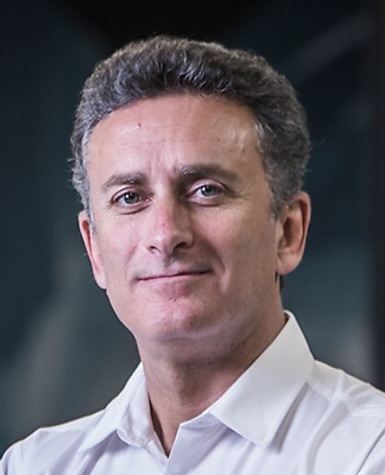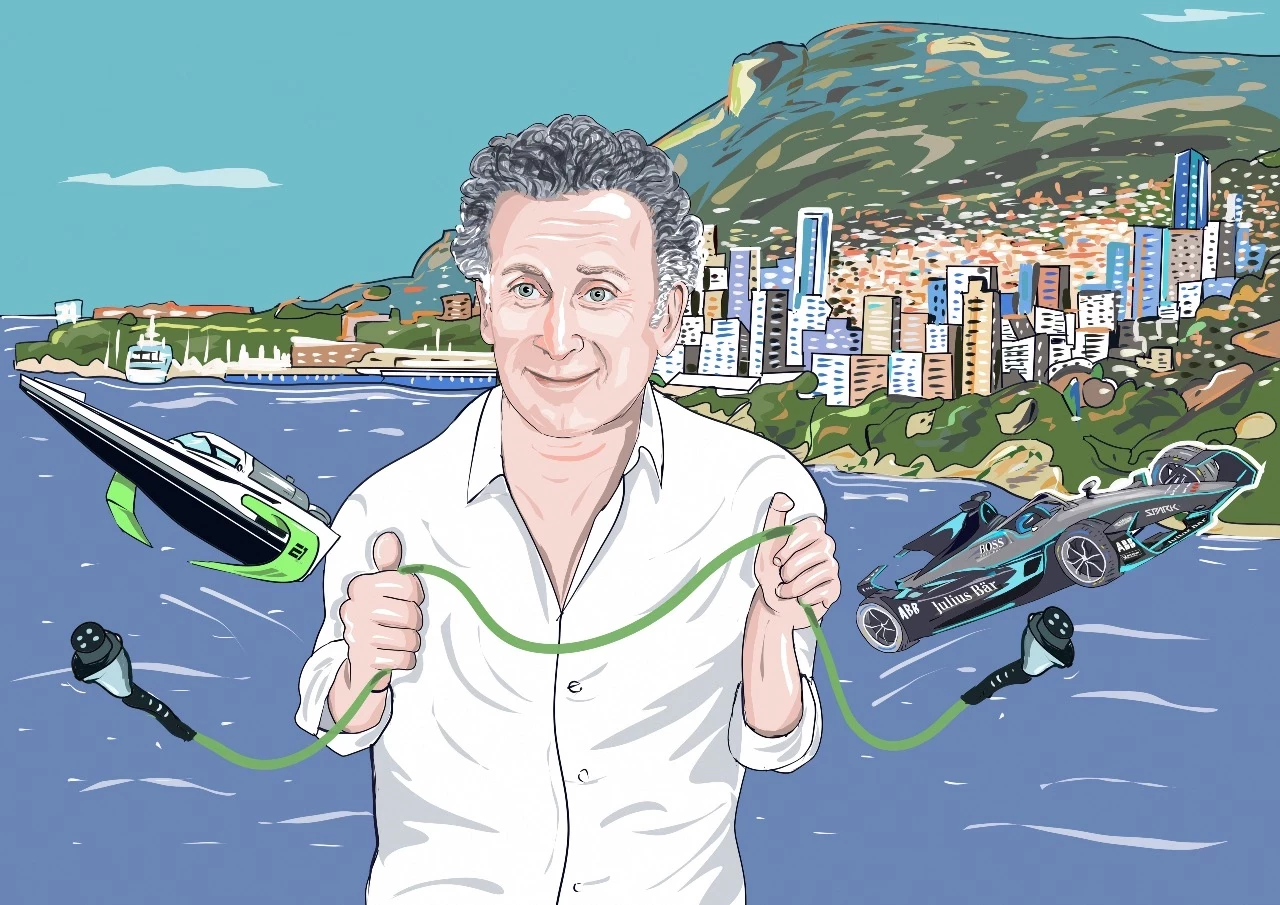The Championship Formula
Technology And A Long-Term View On Transitioning.


WHEN I STOPPED POLITICS in 2001, I entered the world of combustion motorsports. Ten years in, I realized that there was an opportunity to use motorsports to push alternative technologies, and I came up with the idea of an electric version of Formula 1. I organized a dinner to introduce Jean Todt, who had just been elected president of the FIA, and Antonio Tajani, vice-president of the European Commission in charge of the car industry in Europe. During the dinner, the idea for an electric car championship came up. We created Formula E, now in its 10th year, with the first race held in 2014.
I saw other opportunities with the same philosophy—to use motorsports to promote alternative solutions for mobility—and I created Extreme E, a rally championship with electric cars. Now, Extreme E is evolving toward hydrogen. I believe hydrogen, as a way to store energy, has huge potential for the future. We need to find ways to store energy from renewables and different sources, and hydrogen could be that solution.
Then, during the Covid pandemic, I was walking by the river near my house in London with an engineer friend, and we started talking about the possibility of doing something with boats. This led to the creation of E1, an electric boat championship. At that time, there were no electric racing boats, so we decided to create our own. We merged the design of a Formula E car with a hydrofoil that glides over the water with an electric power train. We made this really cool boat a reality.
That was four years ago. We had to build the boat and search for the right technology. We incorporated a lot of Formula E technology into E1. Then we asked ourselves, “How do we make this thing attractive?” Unlike race car drivers, boat pilots aren’t very well-known. We needed big names to attract fans, so we thought, “Let’s try to make the team owners the celebrities.” The first to join was F1 driver Sergio Perez, who used to drive for me in my F2 team, GP2, before joining F1. Then, my brother, who is friends with Rafael Nadal’s manager, helped us explain the project to Rafa, who thought it was cool and decided to join. From then on, it snowballed—NFL’s Tom Brady, footballer Didier Drogba, singer Marc Anthony, and Virat Kohli, the Indian cricketer, all joined with their different characters and profiles. When we launched the project, it was a great success. Our partner on this project is PIF, the Saudi Global Wealth Fund. Saudi Arabia is really pushing for alternative technologies. You would think that Saudi Arabia is the country of oil, but its strategy is to diversify.
Now, we have three electric championships, all successfully launched. The question is: Why? Why is this important? Why is it successful? We have our own philosophy behind the reasoning. Of course, it’s about the environment and developing technology to make things more environmentally friendly. But it’s important to understand that this is a transition.
We are not radical environmentalists. We are business people, and if you don’t combine financial sustainability with planetary sustainability, it won’t work. People will not go for solutions that don’t make economic sense—like, for example, Just Stop Oil. You have to make changes that are rational, possible, and economically viable. And the way to do that is with technology. Technology, combined with a long-term view on transitioning, is key. If we stop oil tomorrow, civilization will collapse. We will not do anything good for the planet; we will kill our way of life. That is why we create championships in motorsports that become platforms for developing technology, which will then improve the environment.
The views and opinions expressed herein are the views and opinions of the author and do not necessarily reflect those of The Monegasque™.
Disclosure: The Monegasque™ enhances the editing process with the help of carefully selected AI tools. These tools provide valuable support without taking over the editing process completely, ensuring that the final product is the result of human creativity and expertise augmented by the benefits of enhanced technology. This article is protected under the copyright of The Monegasque™. Unauthorized reprinting, republishing, or rewriting of this content is strictly prohibited without explicit permission from The Monegasque™. Quotations from this material are permissible provided that a direct link to the full article on The Monegasque™ is included.